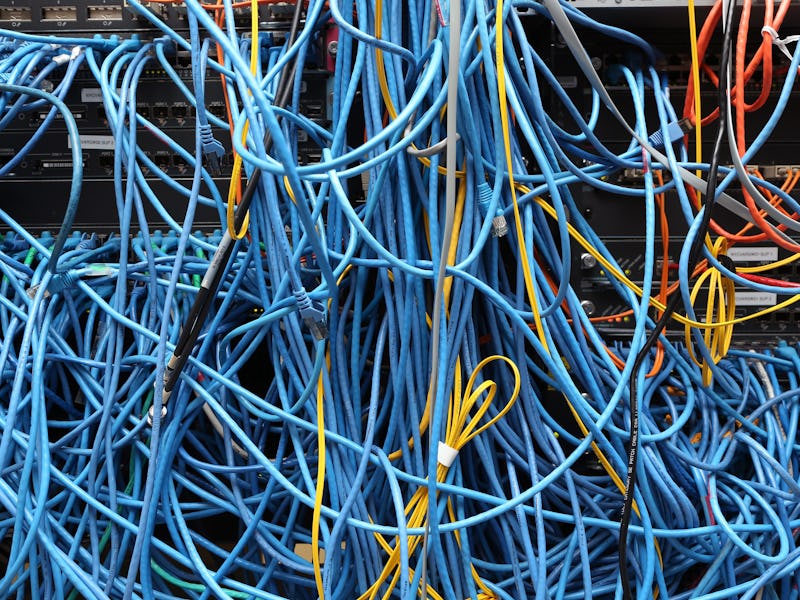Facebook and Microsoft Are Putting in a 4,100-Mile, Lightning-Fast Undersea Internet Cable
It'll be able to transmit 160 terabytes per second.

If you’re frustrated with shitty internet in your home, imagine how Facebook and Microsoft feel. The two companies are so fed up with the restrictions of the existing Transatlantic cables, which carry most of the digital information from the United States to Europe and the rest of the world, that they decided to just put in their own.
According to Microsoft’s TechNet blog, the new MAREA cable will stretch 4,100 miles across the floor of the Atlantic ocean between Virginia Beach and Bilbao, Spain. It’ll be able to transmit data at the blazing (estimated) speed of 160 terabytes per second, making it the highest capacity undersea cable connecting the United States and Europe. As Popular Mechanics points out, 160 Tbps is fast enough to send 4,500 two-hour high definition movies across the Atlantic ocean in one second. Torrenters will obviously be pleased.
MAREA Cable
The TechNet post says the cable is meant to keep up with customer demand for high-speed connections for Microsoft’s cloud services, including Xbox Live, Skype, Office 365 and other applications — basically, people are gaming and video-chatting so much that Microsoft needs to stick a whole new wire under the Atlantic ocean to keep up with it. They’ve hired Telxius, a subsidiary of Spanish telecom giant Telefónica, to manage the connection on the European end.
The United States and Europe are already interconnected with a web of undersea cables — you can play around with a visualization of them on this interactive map. Most of the cables coming from the United States originate on the Northeastern Seaboard, so the Virginia Beach cable will have some space and breathing room away from the other cables, which Microsoft hopes will help the connection be more reliable than other more crowded cables.
Construction should start in late 2016, and the two companies expect to have the new cable operational by 2018.